This Adorable Animal Has a Bizarre and Tragic Self-Destruct Mechanism
The tarsier, a tiny primate, is actually one of nature’s strangest contradictions. While this agile predator can catch bats in mid-flight, at the same time, it’s so weak that stress can make it act in a self-destructive manner.
Let’s look at some strange facts about tarsiers that show how complicated their world is and what makes it special.
Ancient Primate Lineage
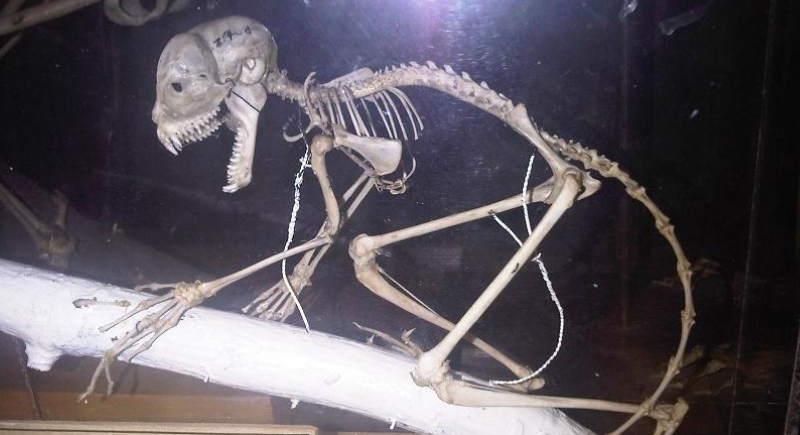
Credit: Wikimedia Commons
Tarsiers are one of the oldest living primates, as their lineage dates back at least 55 million years. Fossils show that they used to live all over Europe and North America. Those old bones already had long hind limbs and big eye sockets, which shows that their unique body structure has lasted through the ages.
Eyes That Outsize the Brain
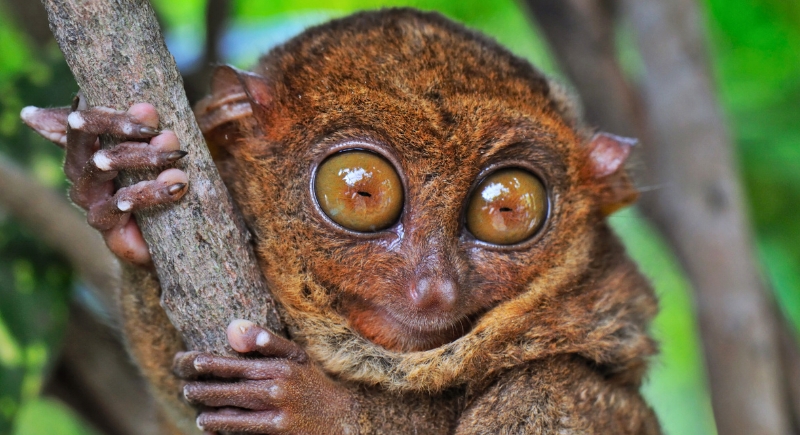
Credit: Getty Images
A tarsier’s eyes are about 16 millimeters wide, but they don’t move. However, their neck can bend 180 degrees in either direction. This owl-like quality lets them follow their prey without moving their bodies. They also have a significant advantage after dark since their oversized eyes contain a very high number of rod cells, the light-sensitive receptors in the retina, which allow them to capture even the faintest light.
A Name Born From an Ankle
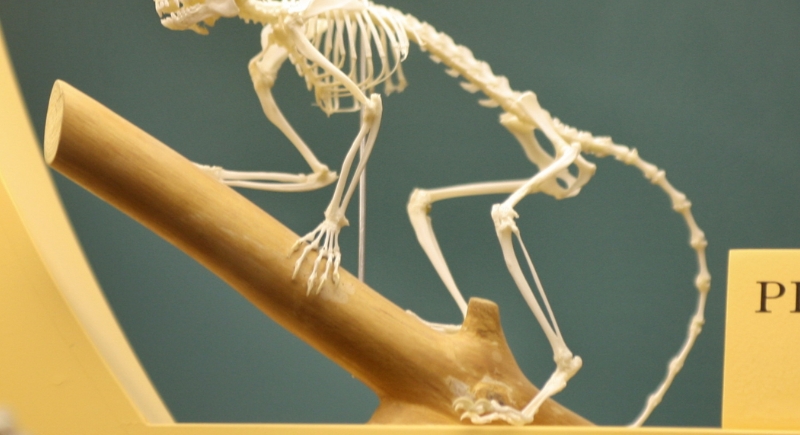
Credit: Wikimedia Commons
The word “Tarsier” comes from the elongated tarsus bone in their foot. The structure acts like a spring and gives them the ability to jump very high. They can jump up to 40 times their body length, and they often do so with incredible accuracy. Their hairless tails help them balance while they jump through tangled branches at night.
Babies Climb on Day One
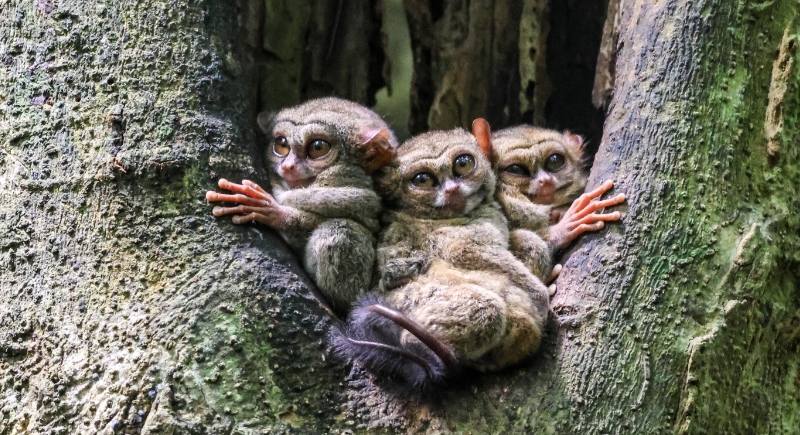
Credit: Wikimedia Commons
Tarsier babies are born ready to explore, unlike helpless primate babies. They can hold onto branches and climb trees in less than 24 hours, which shows how quick they are from the start. Their eyes are open from the moment they are born, so they can see and understand what’s going on right away. They still need their mothers to feed them, but they need to be able to move quickly to avoid predators in the woods.
The Only Carnivorous Primate
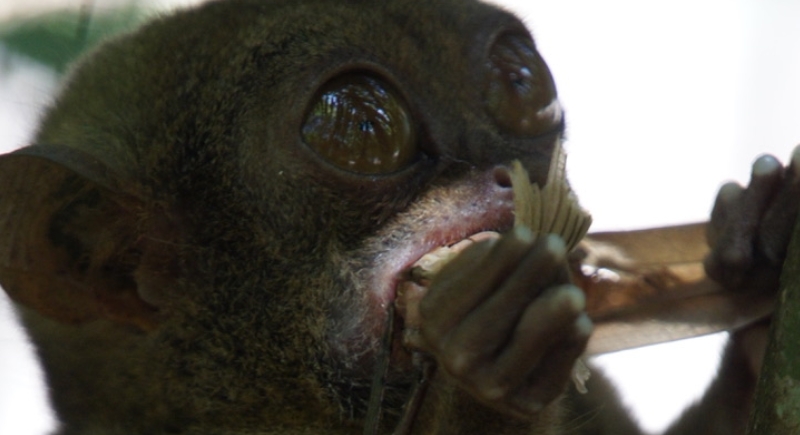
Credit: Wikimedia Commons
Tarsiers are strict carnivores, unlike monkeys and apes. They like to hunt bugs, lizards, frogs, and even small birds or bats. Their method is straightforward but effective: stay still, wait patiently, and then strike with pinpoint accuracy.
Owls as Silent Predators
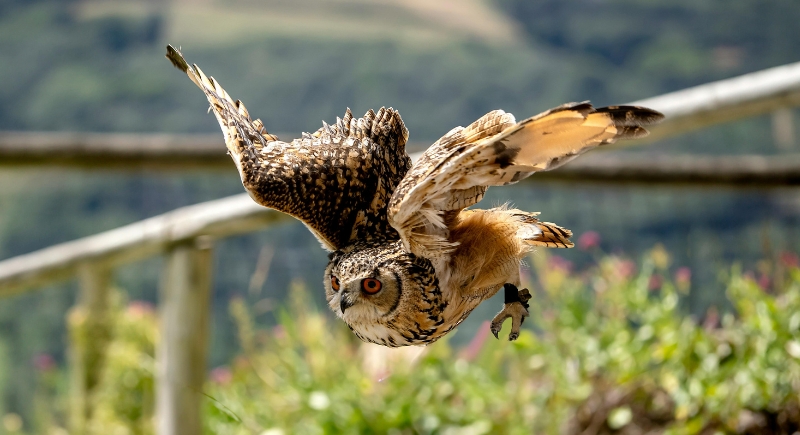
Credit: pexels
Although tarsiers are hunters, they often become prey themselves. Owls share their nighttime hours and ambush tactics, which makes them deadly enemies. Fortunately, tarsiers are quiet, which helps them catch food and keeps them hidden from predators.
Stress-Induced Self-Destruction

Credit: Getty Images
Tarsiers are one of the most stress-sensitive animals. Noise, bright light, and even excessive handling can overwhelm them. Sometimes, they respond by violently banging their heads against things. This sad behavior of hurting themselves has made them known as weak creatures.
Wild vs. Captive Lifespan
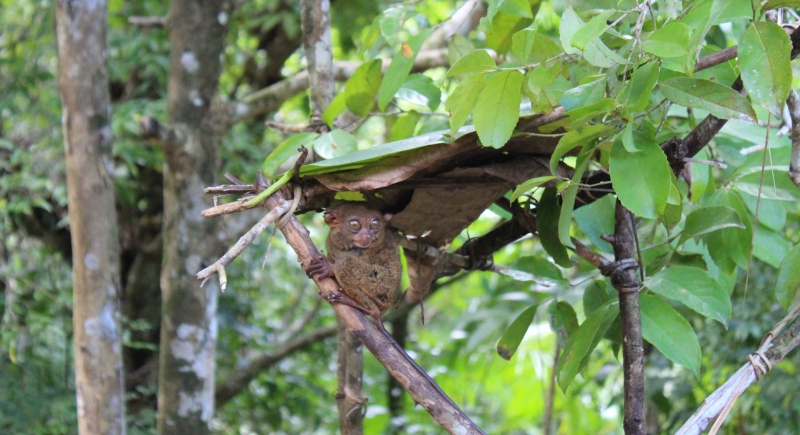
Credit: pexels
In the wild, tarsiers can live for more than 20 years because they have natural and rich habitats. Being in captivity cuts that time down significantly, usually to less than 12 years. The lack of space and a stable environment is detrimental to their health.
Forests Under Threat

Credit: Canva
All tarsier species are losing their homes. Cutting down trees to make room for more palm oil, coconut, and coffee plantations is destroying their homes in the forest. They lose places to hunt and hide when there isn’t dense, connected vegetation. The biggest threat to them is habitat loss, and if we don’t protect it, their numbers could drop quickly.
Talking in Duets and Ultrasound
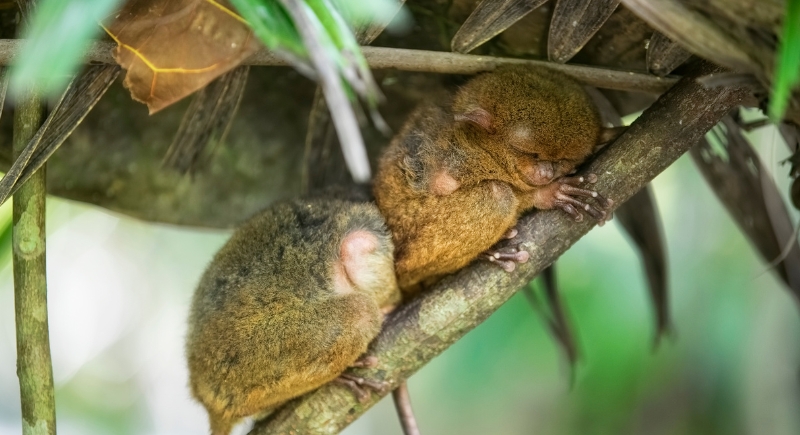
Credit: Getty Images
Mated pairs sing duets at dawn to strengthen their bond and let others know where they live. Even more impressive, they use ultrasonic calls that predators can’t hear but other tarsiers can. This secret “channel” lets them send out warnings of danger.
Pygmy Tarsiers Return From Extinction
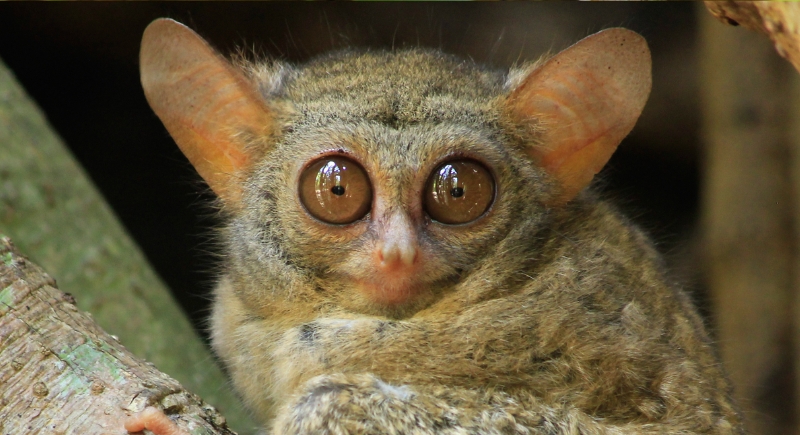
Credit: Wikimedia Commons
For 80 years, people believed that pygmy tarsiers had become extinct. Their return showed that nature can still surprise us. They were found again in the mountains of Sulawesi in 2008. They are the smallest tarsier species, measuring only a few inches in length. They have thick fur and ears that can move, which helps them live in cool forests at high altitudes.
Sticky Fingers, Acrobat Bodies
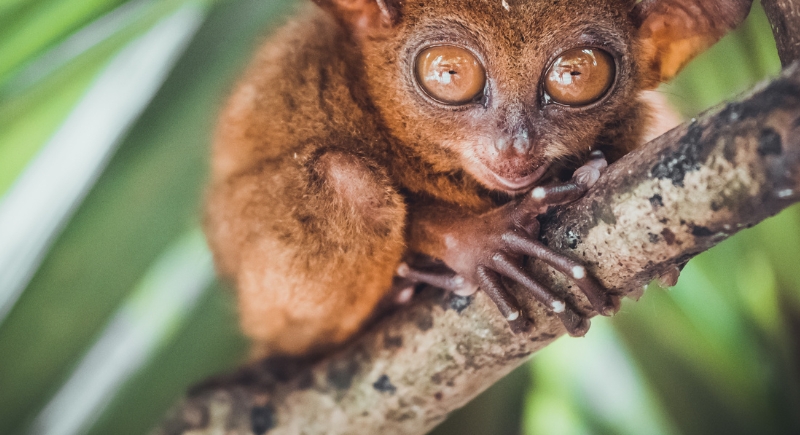
Credit: Canva
The long, thin fingers of a tarsier end in disk-like pads that act like suction cups. This feature lets them hold on tight to trees before jumping. Their anatomy, along with strong legs, makes them precise hunters.
A Southeast Asian Exclusive

Credit: Canva
The Philippines is home to the well-known Philippine tarsier, while Indonesia and Malaysia are home to the pygmy and Horsfield’s species. All these species have small differences in tail tufts, fur color, or body size.
Folklore and Fear in the Philippines

Credit: Getty Images
People in some parts of the Philippines think that tarsiers are bad luck. The villagers believe that accidentally hurting this animal can make them sick, so they do rituals to please the spirits. These beliefs are rooted in fear, yet they also reveal the profound connection people have to wildlife in their culture.
A Sanctuary in Bohol
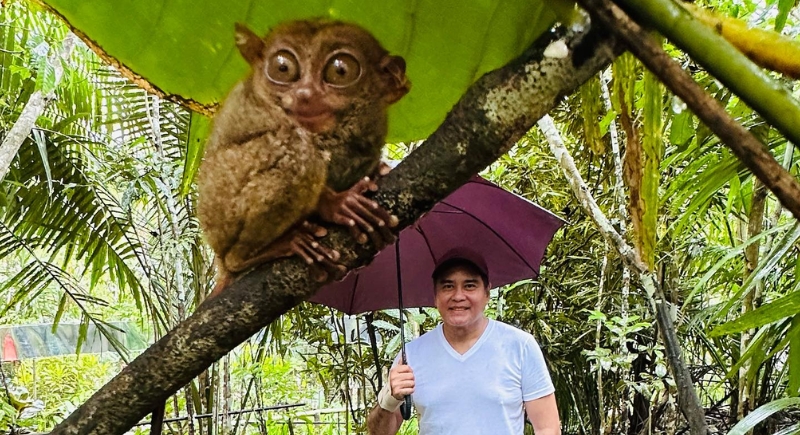
Credit: Instagram
The Philippine Tarsier Sanctuary in Bohol is one of the few places where these delicate primates can be safe. Visitors look at them quietly from a distance, and flash photography is not allowed to keep things calm. And since they’re not caged, it’s the perfect chance to see them as they want to be seen.